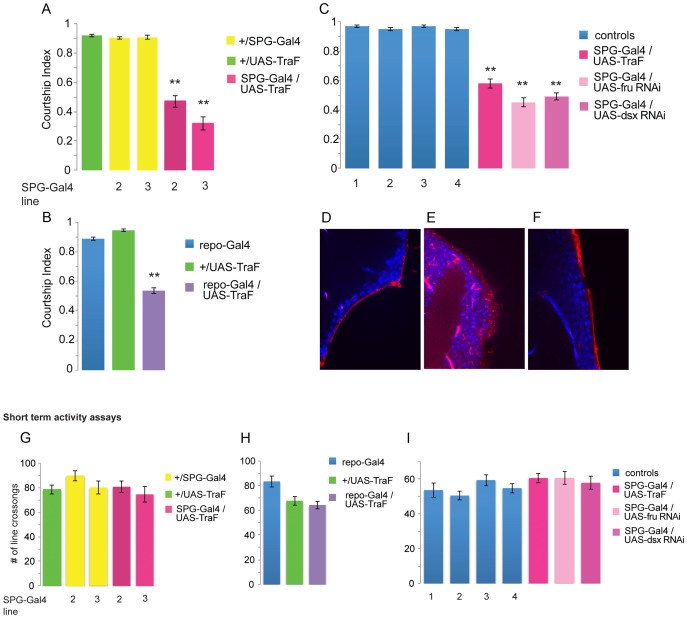Figure 1. The sexual identity of bbb cells is important for courtship.
Graphs show the courtship index CI (fraction of time males spend courting during the observation period) ± Standard Error of the Mean (SEM) of the indicated genotypes (a–c), or the performance of males in a control activity assay (# of line crossings ± SEM) (g–i). N = 20 for all genotypes. Data were analyzed by ANOVA followed by Bonferroni multiple comparisons (p<0.0001). Indices that are significantly different from the controls are marked by asterisks. a) Expression of UAS-TraF using two independent bbb-specific SPG-Gal4 drivers on the third (3) or second (2) chromosome significantly reduces male courtship. b) Expression of UAS-TraF using the glial driver repo-Gal4 significantly reduces male courtship. c) Expression of UAS-fru RNAi, UAS-dsx RNAi and UAS-TraF in the bbb by SPG-Gal4(3) similarly reduce male courtship in comparison to controls. The controls are 1) +/UAS-dsx RNAi, 2) +/UAS-fru RNAi 3) +/SPG-Gal4, 4) +/UAS-TraF. d-f) The blood–brain barrier integrity is not compromised in SPG-Gal4/UAS-TraF mutants. Flies were injected with 10 kDa TR-dextran (red) and dye penetration into or exclusion from the brain was observed by confocal microscopy. The brain nuclei are stained with DAPI. A tight bbb is observed by a demarcated red line on the surface of the brain indicating exclusion of TR-dextran from the brain in the CS control (d) and SPG-Gal4/UAS-TraF (f) males. e) For comparison, dye penetration is shown in moody null flies which have a compromised bbb [28]. g, h, i) Activity assays for the genotypes assayed in a, b, c). While there is some variation among controls, likely due to genetic background, none of the mutant courtship phenotypes can be attributed to a difference in activity in comparison to the controls.

